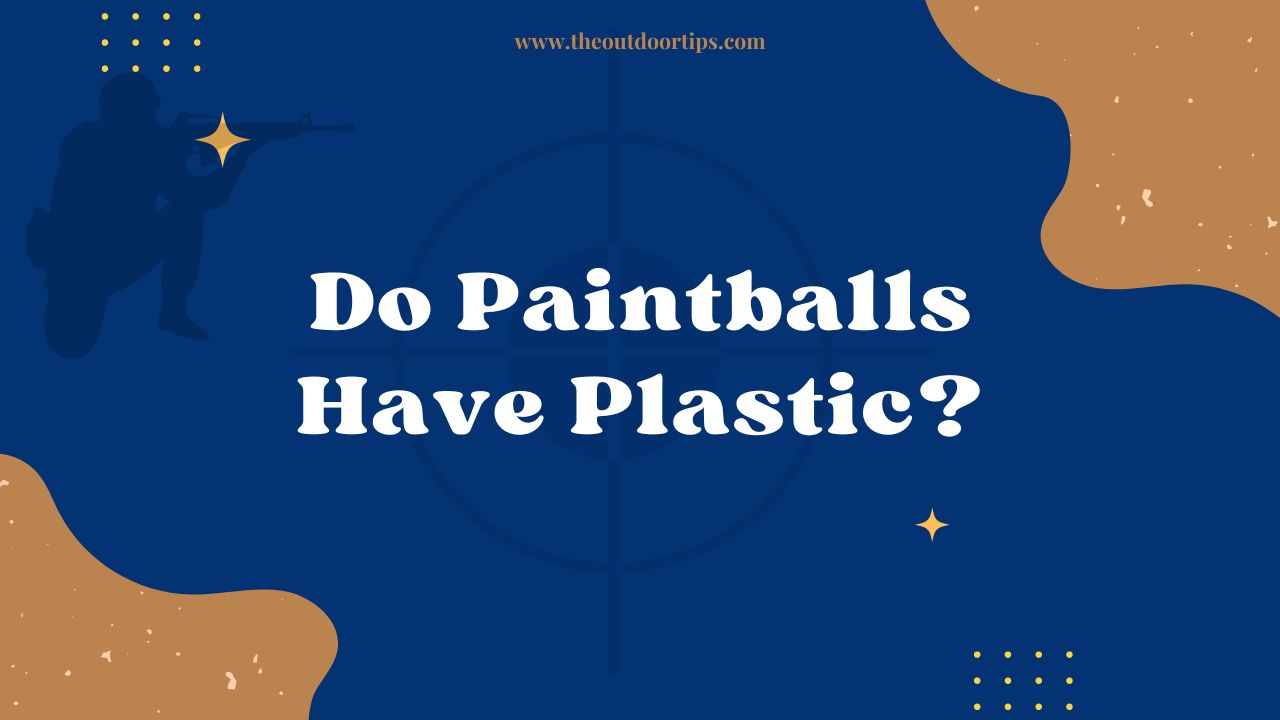Paintballs are at the heart of every paintballing experience, offering vibrant splatters and exciting shots. Yet, many wonder about the materials that make up these iconic projectiles. In this comprehensive exploration, we delve into the world of paintball composition, unraveling the presence of plastic, understanding the components that form paintballs, and shedding light on the environmental implications of these materials. From the biodegradable gelatin shell to the water-soluble fill, this article aims to provide you with a thorough understanding of paintball materials and their role in paintballing.

Do Paintballs Have Plastic?
Short Answer: Paintballs do not typically contain plastic in the same way that everyday plastics are made. The outer shell of paintballs is made of biodegradable gelatin, while the fill inside is a water-soluble mixture of colorants and other ingredients. Understanding the materials used in paintballs sheds light on their environmental impact and performance.
The Construction of Paintballs
Gelatin Shell:
The outer layer of a paintball is composed of gelatin, which is a protein-based material derived from animal collagen. This shell is designed to be brittle upon impact, creating the characteristic splatter effect.
Fill:
The fill inside a paintball consists of a water-soluble mixture. This mixture contains colorants, which create the visible splatter upon impact, and other ingredients that ensure easy cleanup and minimize environmental impact.
Understanding Plastic and Its Absence in Paintballs
Traditional Plastics vs. Paintball Components:
Paintballs are distinct from everyday plastics due to the materials used in their construction. Traditional plastics are derived from petrochemicals and undergo various processes to create durable and versatile materials.
Gelatin as an Alternative:
The gelatin used in paintball shells is derived from animal collagen, making it a biodegradable alternative to traditional plastics. This choice is intentional, as it aligns with the desire to minimize the environmental impact of paintball components.
Environmental Implications and Biodegradability
Biodegradability of Gelatin:
The biodegradable nature of gelatin is a significant advantage for paintballing. As the gelatin shell breaks down, it poses less harm to the environment compared to traditional plastics that can persist for years.
Water-Soluble Fill:
The water-soluble fill inside paintballs further contributes to their environmental friendliness. Upon impact, the fill dissolves in water, leaving behind minimal residue and reducing the cleanup required after paintballing sessions.
The Importance of Material Choice
Performance Considerations:
The choice of materials directly impacts paintball performance. The gelatin shell’s brittleness upon impact ensures the desired splatter effect, while the water-soluble fill minimizes equipment malfunctions.
Balance Between Functionality and Impact:
Paintball manufacturers carefully balance the need for optimal performance with environmentally friendly materials. This balance ensures that players can enjoy the sport while minimizing their ecological footprint.
Final thoughts:
While paintballs do not contain plastic in the traditional sense, their construction incorporates biodegradable gelatin shells and water-soluble fills. This deliberate choice of materials underscores the paintballing community’s commitment to minimizing environmental impact while providing an exciting and immersive experience.
